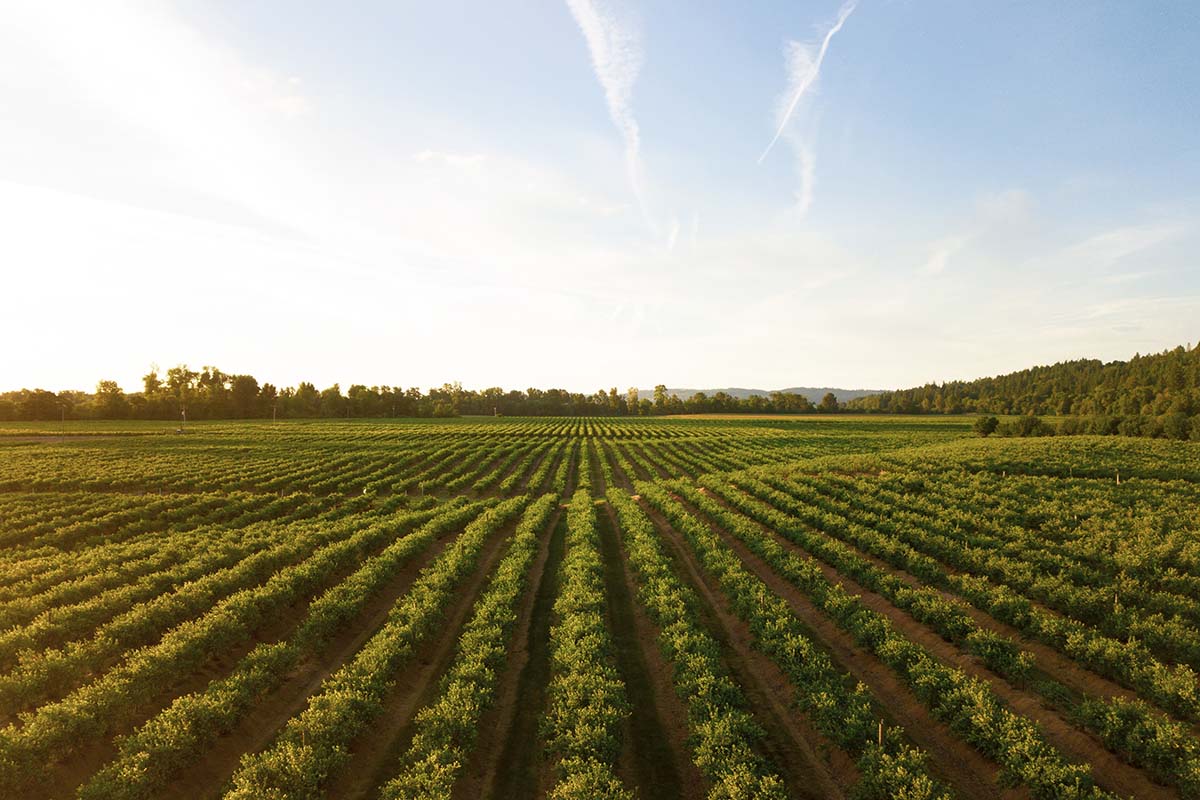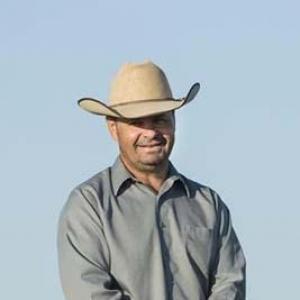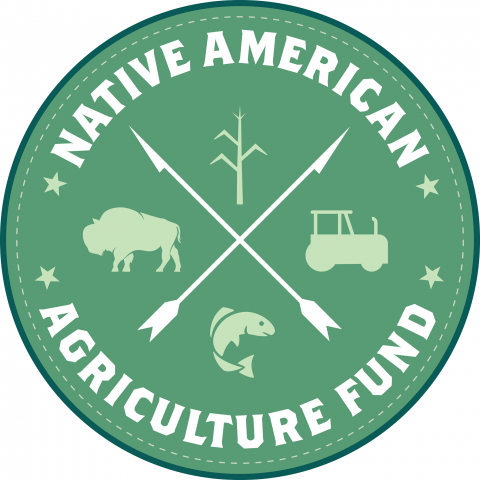
- Details
- By Chez Oxendine
- Food | Agriculture
New funding is aimed at continuing the push for Native American agricultural interests at the federal level.
The Native American Agriculture Fund, alongside MAZON, a Los Angeles-based nonprofit that describes itself as “a Jewish response to hunger,” have distributed $1.1 million in grants to advocacy groups Native Farm Bill Coalition and the newly formed Native American Food And Nutrition Resources Alliance. The effort will help fund Native American food and agricultural advocacy efforts on Capitol Hill.
Leading the NFBC’s efforts is the Billings, Mont.-based Intertribal Agriculture Council, which has been working since 1987 to promote and expand policy support for Native American agriculture.
 Zach Ducheneaux, executive director of the Intertribal Agriculture Council. Courtesy photo.“The funding from NAAF will give voice to Indian Country through the IAC to advocate for further inclusion,” said Zach Ducheneaux, executive director of the Intertribal Agriculture Council. “This is the IAC stepping into that role, taking up the work of the NFBC, and helping to frame that discussion on a national level.”
Zach Ducheneaux, executive director of the Intertribal Agriculture Council. Courtesy photo.“The funding from NAAF will give voice to Indian Country through the IAC to advocate for further inclusion,” said Zach Ducheneaux, executive director of the Intertribal Agriculture Council. “This is the IAC stepping into that role, taking up the work of the NFBC, and helping to frame that discussion on a national level.”
The Native Farm Bill Coalition formed in 2017 as a collaboration between the IAC, the Shakopee Mdewakanton Sioux Community, the Indigenous Food and Agriculture Initiative, and the National Congress of American Indians. Its chief goal is to continue increasing the presence of Native agriculture in federal Farm Bill legislation, which is enacted approximately every five years.
“It’s important to understand that when we started this effort back in the ’80s, the mentions of Native tribes in the Farm Bill were in the single digits,” Ducheneaux told Tribal Business News. “When we were able to have some funding to put toward this effort, we were able to leverage that into 63 or 64 provisions in two years.”
With the funding provided by Fayetteville, Ark.-based Native American Agriculture Fund and MAZON, that advocacy work can continue for another three years, Ducheneaux said.
Colby Duren, the former leader of the Indigenous Food and Agriculture Initiative (IFAI) at University of Arkansas, will lead the charge for the organization in Washington, D.C.
Having Duren on the “ground floor” provides the IAC with the chance to bring more policy forward for consideration, Ducheneaux said.
“Colby Duren brings over a decade of experience and the relationships that go with it, along with a commitment to our cause as strong as any we have seen. As the leader of the policy and research team at IFAI, he was responsible for a large portion of the NFBC effort, so he’s a natural fit to assume this role,” Ducheneaux said. “Colby formalized most of the policy initiatives that we were bringing forward.”
The NFBC’s work made itself visible in more than 60 provisions in the 2018 Farm Bill, which the Native American Agriculture Fund described in a statement as “historic.”
Provisions included the addition of Native American tribes as eligible producers for the Supplemental Agriculture Disaster Assistance (SADA) program, extending conservation incentives to tribes, and providing support for tribal members’ first insurance purchases for pasture, rangelands or forage areas.
Still, the SADA qualification serves as evidence that more work needs to be done, Ducheneaux said.
“That is important, but I don’t know if it’s the game changer that we need. To me, SADA is a Band-Aid on a jugular vein wound until we step back and take a look at (the ag finance) system and figure out why do we need SADA,” Ducheneaux said. “It’s because our producers don’t have the capital at their disposal to prepare, so they’re forever susceptible to disasters.
“These things are going to continue to adversely affect our producers until we enable our producers to prepare for them, rather than react to them.”
Oftentimes, Native producers enter into ag finance deals that force them into putting huge portions of their income into paying back lenders.
A Native producer who borrows $100,000 in optimal conditions will pay 6 percent annual interest on the loan, with five years to pay it back, Ducheneaux said. The producer will end up paying $23,769 in interest over the life of the loan.
“You need to generate at least $23,000 just to make your loan payments,” Ducheneaux said. “So if you’re paying $23,000 a year from your production income just to service your debt, because of the methodology used to construct that debt instrument, you don’t have enough working capital in your possession to do conservation, to do risk management practices, or to do value-added agriculture.”
 That issue is compounded by rising farm debt, which has increased roughly 4 percent every year since 1994, according to the U.S. Department of Agriculture. Farm debt across the country is expected to exceed $281 billion in 2020.
That issue is compounded by rising farm debt, which has increased roughly 4 percent every year since 1994, according to the U.S. Department of Agriculture. Farm debt across the country is expected to exceed $281 billion in 2020.
Consequently, much of the Native Farm Bill Coalition’s advocacy efforts focus on reshaping agricultural finance into more of a long-term investment rather than a borrower/lender relationship, Ducheneaux said.
Reforms could include federal guarantees on those transactions, or more “nimble” versions of efforts like expanding the federal New Market Tax Credit and Opportunity Zone legislation to include Native producers, Ducheneaux said.
The Native Farm Bill Coalition also expects to address areas including potential student loan forgiveness for people enrolled in agricultural education programs, or improving conservation funding. Whatever form those initiatives take, Ducheneaux said it’s clear the system needs to change, and the funding from NAAF and MAZON will help the coalition accomplish its goals.
“There’s a quote I like to use: ‘Every system is perfectly designed to get the results it gets, whether you like the results or not,’” Ducheneaux said. “If you want to change the results, you have to change the system, and there are some things we could do to improve on the system.”
